The gaming industry has witnessed a significant transformation in recent years, driven by the rapid advancement of Artificial Intelligence (AI) technologies. As gamers and developers alike seek innovative ways to create immersive experiences, AI tools for game development have emerged as a crucial component in revolutionizing the industry. From enhancing gameplay mechanics to streamlining development processes, AI-powered solutions are poised to redefine the way we design, build, and interact with games.

AI Tool Used in Gaming
We’re excited to share our expertise on the top AI tools used in gaming.
-
GameMaker Studio 2
Developed by YoYo Games, GameMaker Studio 2 is a popular game development engine that supports 2D game creation. Its drag-and-drop interface makes it easy to create games without extensive coding knowledge.
-
Unity
Unity is a widely-used game engine that supports 2D and 3D game development. It offers a vast array of features, including physics engines, animation systems, and graphics rendering capabilities.
-
Unreal Engine
Developed by Epic Games, Unreal Engine is a powerful game engine that supports high-performance, visually stunning game development. It offers advanced features like dynamic lighting, global illumination, and realistic physics simulations.
-
CryEngine
CryEngine is a game engine developed by Crytek, known for its high-performance capabilities and stunning visuals. It offers advanced features like dynamic lighting, global illumination, and realistic physics simulations.
-
Godot Engine
Godot Engine is an open-source game engine that supports 2D and 3D game development. It offers a wide range of features, including physics engines, animation systems, and graphics rendering capabilities.
-
Construct 3
Construct 3 is a popular game development engine that supports 2D game creation. Its drag-and-drop interface makes it easy to create games without extensive coding knowledge.
-
Aseprite
Aseprite is a pixel art editor that allows artists to create and edit pixel art assets for games. It offers features like layer management, animation support, and color palette editing.
These AI tools have revolutionized the gaming industry by making game development more accessible and efficient. Whether you’re a seasoned developer or a newcomer to game development, these tools can help you bring your ideas to life.
Can I Develop a Game Using AI?
I’m excited to explore the possibilities of developing games using artificial intelligence.
-
Understanding AI in Game Development
AI has been increasingly integrated into various aspects of game development, including level design, asset creation, and even gameplay mechanics.
-
Level Design
AI-powered tools can assist in generating levels, ensuring that they are balanced, challenging, and fun.
-
Asset Creation
AI algorithms can help create 3D models, textures, and animations, reducing the workload for artists and designers.
-
Gameplay Mechanics
AI-driven systems can simulate complex behaviors, allowing for more realistic and immersive gameplay experiences.
-
-
Tools and Technologies
Several platforms and frameworks have emerged to support AI-assisted game development, including:
- Unity – A popular game engine that offers built-in support for AI and machine learning.
- Unreal Engine – A powerful game engine that provides advanced AI capabilities through its Blueprints visual scripting system.
- Godot – An open-source game engine that supports AI and machine learning through its GDScript programming language.
-
Challenges and Limitations
While AI has made significant strides in game development, there are still challenges and limitations to consider:
-
Lack of Creativity
AI-generated content may lack the creativity and originality that human developers bring to the table.
-
Technical Issues
Integrating AI into game development can introduce technical complexities and bugs that require careful debugging and testing.
-
Ethical Concerns
The use of AI in game development raises ethical concerns around issues like bias, fairness, and player agency.
-
-
Conclusion
In conclusion, while AI has the potential to revolutionize game development, it is essential to acknowledge its limitations and challenges.
By understanding the strengths and weaknesses of AI in game development, we can harness its power to create innovative and engaging gaming experiences.
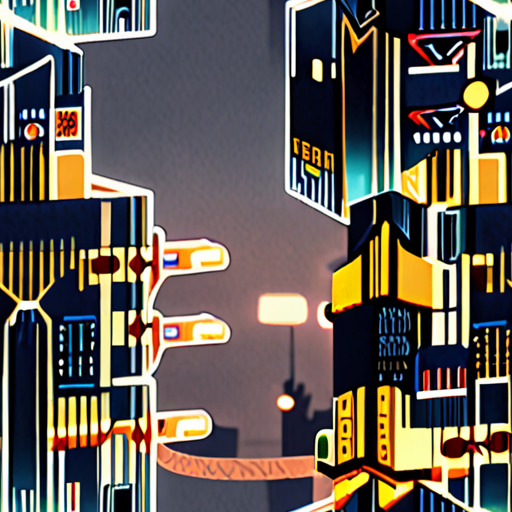
The Best AI for Coding Games
As an indie game developer, finding the right AI tool can be a game-changer for your project.
- Modlai
- Modlai offers a range of features, including character animation, dialogue management, and pathfinding.
- Its intuitive interface makes it easy to integrate into your game engine.
- Modlai has a large community of developers who contribute to its open-source codebase.
- Unity ML-Agents
- Unity ML-Agents supports a variety of machine learning frameworks, including TensorFlow and PyTorch.
- It provides a range of pre-built agents and environments for training and testing AI models.
- Unity ML-Agents integrates seamlessly with Unity’s physics engine and graphics pipeline.
- Google Cloud AI Platform
- Google Cloud AI Platform supports a range of machine learning frameworks and libraries.
- It provides automatic scaling and load balancing for high-performance computing.
- Google Cloud AI Platform integrates with other Google services, such as Google Cloud Storage and Google Cloud Datastore.
- Amazon SageMaker
- Amazon SageMaker supports a range of machine learning frameworks and libraries.
- It provides automatic model tuning and hyperparameter optimization.
- Amazon SageMaker integrates with other AWS services, such as Amazon S3 and Amazon DynamoDB.
Modlai is a popular choice among indie game developers due to its ease of use and flexibility. With Modlai, you can create custom AI models tailored to your game’s specific needs.
Unity ML-Agents is a powerful AI toolkit developed by Unity Technologies. It allows you to create complex AI behaviors using machine learning algorithms.
Google Cloud AI Platform is a cloud-based service that enables you to build, deploy, and manage AI models. It’s particularly useful for large-scale game development projects.
Amazon SageMaker is a fully managed service that enables you to build, train, and deploy AI models. It’s ideal for game developers who want to leverage the power of AWS.
When choosing the best AI for coding games, consider factors such as ease of use, customization options, and scalability. By selecting the right AI tool, you can take your game development project to the next level.
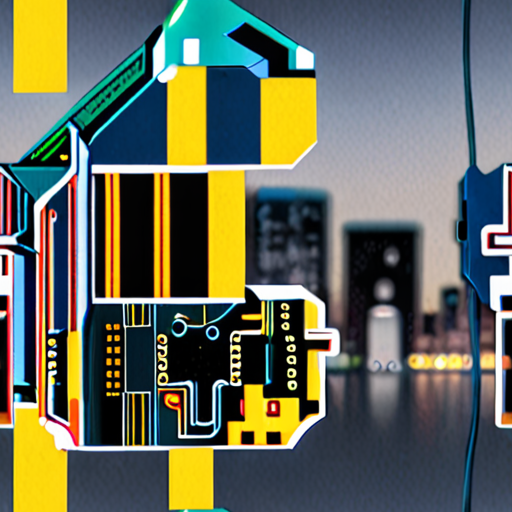
How Can AI Be Used in Gaming?
As a gamer and developer, I’m excited to explore the possibilities of Artificial Intelligence (AI) in gaming.
- AIs can be used to create dynamic and immersive game worlds, where non-player characters (NPCs) adapt to player actions and decisions.
- AI-powered NPCs can exhibit complex behaviors, such as learning patterns, emotions, and social interactions, making the gaming experience more realistic and engaging.
- AIs can also be used to generate procedurally created content, such as levels, quests, and items, reducing development time and increasing replayability.
Indie Game Development with AI
At Indie Dev Games, we’re passionate about empowering game developers with the tools and knowledge needed to create amazing games.
- We offer tutorials, reviews, and tips focused on game creation, covering topics such as development tools, design techniques, marketing strategies, and community engagement.
- Our platform provides insights on how to leverage AI in game development, including AI-powered NPC behaviors, procedural content generation, and machine learning algorithms.
- We also feature success stories from indie game developers who have successfully integrated AI into their games, highlighting the benefits and challenges of this approach.
Competitors and Industry Leaders
While there are several companies working on AI in gaming, we believe that our approach offers a unique combination of creativity, flexibility, and accessibility.
- Unity, a popular game engine, has made significant strides in AI development, offering features such as Unity ML-Agents and Unity Physics.
- Unreal Engine, another leading game engine, has also invested heavily in AI research, introducing features like Unreal Engine AI and Machine Learning.
- Other notable players in the AI gaming space include Google DeepMind, Microsoft Azure Machine Learning, and NVIDIA GeForce NOW.
Best Practices for AI in Gaming
To get the most out of AI in gaming, follow these best practices:
- Start small and experiment with simple AI concepts before scaling up to more complex applications.
- Focus on creating engaging and meaningful player experiences, rather than just relying on AI-driven mechanics.
- Continuously test and iterate on your AI systems to ensure they remain balanced and fun for players.
Conclusion
By embracing AI in gaming, developers can create more immersive, dynamic, and engaging experiences for players.
At Indie Dev Games, we’re committed to helping developers unlock the full potential of AI in gaming, through education, resources, and community support.
Can AI Replace Game Developers?
As a game developer myself, I’ve often wondered whether AI can truly replace us.
- The short answer is no, AI won’t replace game developers anytime soon.
- However, AI can certainly augment our abilities and streamline certain tasks, freeing us up to focus on what matters most – creativity and innovation.
The Role of AI in Game Development
AI has made tremendous strides in recent years, particularly in areas like:
- Game engines: AI-powered game engines like Unity and Unreal Engine have revolutionized the way we develop games, allowing for faster iteration and more realistic graphics.
- Level generation: AI can now generate levels, terrain, and even entire worlds, saving developers countless hours of manual labor.
- Character animation: AI-driven character animation systems can create realistic movements and interactions, reducing the need for manual keyframe animation.
- Dialogue systems: AI-powered dialogue systems can generate natural-sounding conversations, making NPCs feel more lifelike and immersive.
The Limitations of AI in Game Development
While AI has come a long way, there are still significant limitations to its capabilities:
- Lack of creativity: AI systems lack the creative spark that human developers bring to the table, resulting in predictable and formulaic gameplay.
- Limited understanding: AI systems struggle to fully understand the nuances of human behavior, leading to unrealistic character interactions and storylines.
- Dependence on data: AI systems require vast amounts of high-quality data to learn and improve, which can be time-consuming and expensive to collect.
The Future of Game Development
As AI continues to evolve, we can expect to see even more innovative applications in game development:
- Hybrid approaches: Combining human creativity with AI-driven automation will become increasingly common, allowing developers to focus on high-level design decisions.
- Increased accessibility: AI-powered tools will democratize game development, enabling more people to create games without extensive programming knowledge.
- New business models: AI-driven game development will give rise to new revenue streams, such as subscription-based services and dynamic content delivery.
Conclusion
In conclusion, while AI has the potential to significantly impact game development, it won’t replace human developers anytime soon.
Instead, AI will augment our abilities, freeing us up to focus on what matters most – creating engaging, immersive, and memorable gaming experiences.
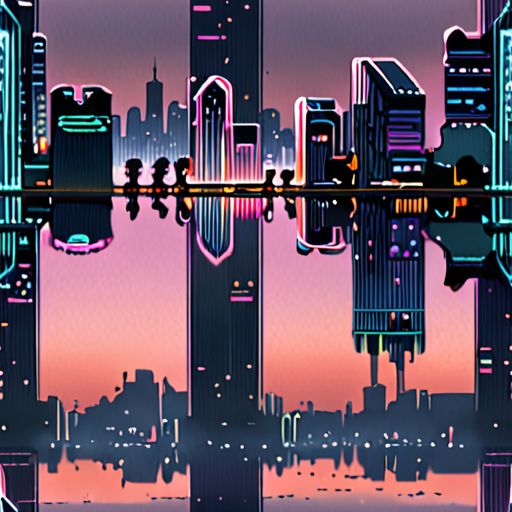
Which AI Technique is Commonly Used in Game Playing?
The most common search technique in game playing is Minimax search procedure, which is a depth-first, depth-limited search procedure.
- Minimax search procedure is widely used in games like chess and tic-tac-toe due to its ability to evaluate the best possible move by considering the worst-case scenario for the opponent.
- This algorithm helps players make informed decisions by weighing the potential outcomes of different moves and selecting the one that maximizes their chances of winning.
Other AI techniques used in game playing include:
- Alpha-Beta Pruning: An optimization technique used in conjunction with minimax search to reduce the number of nodes to be evaluated, making the algorithm more efficient.
- Heuristics: Rules-of-thumb used to guide the search process and narrow down the possibilities, helping the algorithm focus on the most promising moves.
- Game Trees: A data structure used to represent the game state and possible moves, allowing the algorithm to efficiently explore the game tree and find the optimal solution.
In addition to these techniques, many modern game-playing AI systems incorporate machine learning algorithms, such as neural networks, to improve their decision-making capabilities.
For example, the popular game-playing AI system AlphaGo uses a combination of minimax search and deep learning to defeat human world champions in Go.
As game playing continues to evolve, we can expect to see even more sophisticated AI techniques being developed and applied to various types of games.
Conclusion
The Minimax search procedure remains a fundamental AI technique in game playing, and its continued evolution has led to significant improvements in game-playing AI systems.
By combining minimax search with other techniques, such as alpha-beta pruning and heuristics, game-playing AI systems can become increasingly powerful and effective.
As the field of game playing continues to advance, we can expect to see even more innovative applications of AI techniques in various domains.

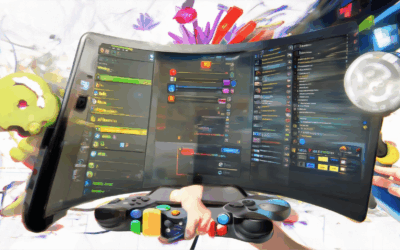
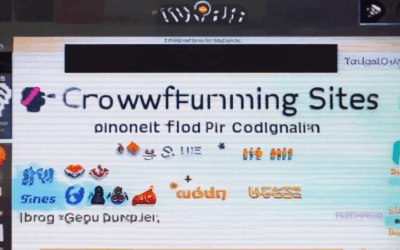

0 Comments